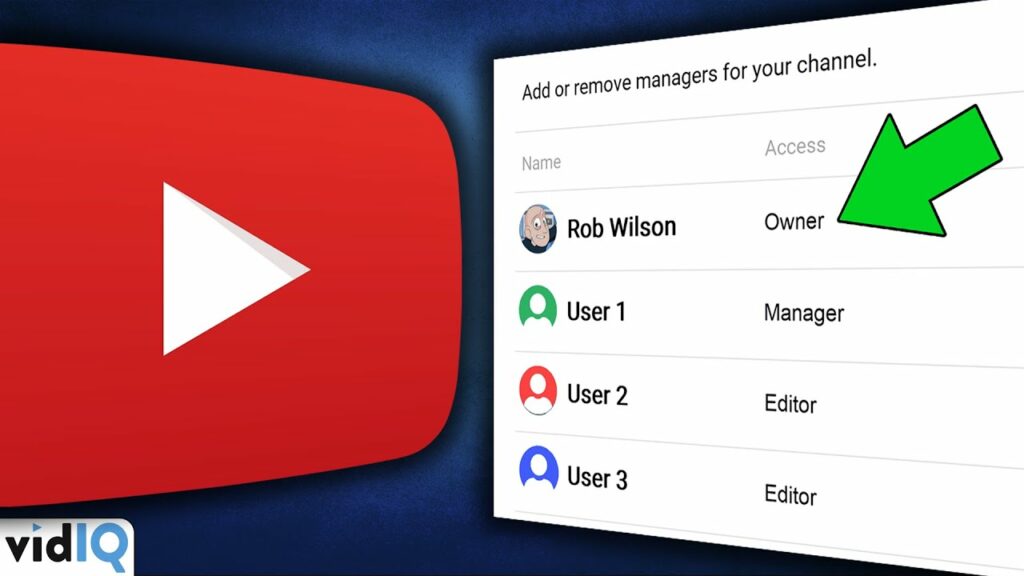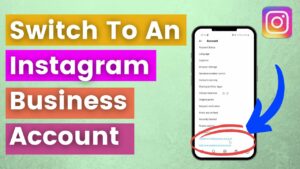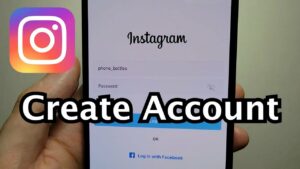Mastering Your Channel: A Comprehensive Guide to Using YouTube Studio for Channel Management

Introduction: In the ever-evolving world of online content creation, managing a YouTube channel requires strategic planning, meticulous organization, and effective optimization to attract and engage audiences. YouTube Studio serves as the central hub for channel management, offering creators a suite of powerful tools and features to monitor performance, analyze metrics, optimize content, and engage with their audience. Whether you’re a seasoned content creator, aspiring YouTuber, or business looking to leverage YouTube as a marketing platform, mastering YouTube Studio is essential for maximizing the success and impact of your channel. By understanding how to navigate YouTube Studio effectively, creators can streamline their workflow, make data-driven decisions, and build a thriving channel that resonates with viewers and drives results.
In this comprehensive guide, we’ll explore the ins and outs of using YouTube Studio to manage your channel effectively. From optimizing video metadata to analyzing audience engagement, this guide will provide you with the knowledge and tools needed to harness the full potential of YouTube Studio and take your channel to new heights of success.
Getting Started with YouTube Studio
- Accessing YouTube Studio: YouTube Studio can be accessed through the YouTube website or the YouTube Studio mobile app. Creators can log in with their Google account credentials to access their channel dashboard and tools.
- Navigating the Dashboard: The YouTube Studio dashboard provides an overview of channel performance, including key metrics such as views, watch time, and subscriber count. Creators can customize the dashboard to prioritize the metrics and data that are most relevant to their goals.
- Understanding the Menu: YouTube Studio features a menu on the left-hand side that provides access to various sections and tools, including Videos, Analytics, Comments, Subtitles, and more. Creators can navigate between sections to manage different aspects of their channel.
Managing Your Videos
- Uploading Videos: Creators can upload videos directly to YouTube Studio, where they can add titles, descriptions, tags, and thumbnails before publishing. YouTube Studio offers various customization options for optimizing video metadata and settings.
- Organizing Playlists: YouTube Studio allows creators to organize their videos into playlists to make it easier for viewers to discover and watch related content. Creators can create playlists based on themes, topics, or series to enhance the viewer experience.
- Monitoring Video Performance: Creators can track the performance of their videos in YouTube Studio’s Analytics section, which provides insights into metrics such as views, watch time, audience retention, and engagement. Creators can use this data to identify trends, understand viewer behavior, and optimize future content.
Analyzing Channel Performance
- Audience Insights: YouTube Studio offers audience insights that provide demographic information about viewers, including age, gender, location, and device usage. Creators can use this data to better understand their audience and tailor their content to their preferences.
- Traffic Sources: Creators can analyze traffic sources in YouTube Studio to see how viewers are discovering their videos, whether through search, recommendations, external links, or other sources. This information can help creators optimize their content for maximum visibility and reach.
- Revenue Reports: YouTube Studio provides revenue reports that detail earnings from advertising, memberships, Super Chat, and other monetization sources. Creators can track their revenue over time and identify opportunities to increase monetization on their channel.
Engaging with Your Audience
- Responding to Comments: Creators can manage and respond to comments on their videos directly within YouTube Studio. Engaging with viewers through comments helps foster a sense of community and connection and encourages further interaction and engagement.
- Community Posts: YouTube Studio allows creators to create and publish community posts, including text, images, polls, and links, to engage with their audience outside of video uploads. Creators can use community posts to share updates, behind-the-scenes content, and interact with their audience in real-time.
- Interacting with Subscribers: Creators can use YouTube Studio to view and manage their subscriber list, including new subscribers, lost subscribers, and total subscriber count. Creators can also segment their subscriber list based on various criteria to target specific groups with tailored content and communications.
Advanced Features and Tools
- Channel Customization: YouTube Studio offers customization options for channel branding, including channel art, profile picture, and featured sections. Creators can personalize their channel to reflect their brand identity and create a cohesive viewing experience for their audience.
- Live Streaming: YouTube Studio includes tools for live streaming, allowing creators to broadcast live video content to their audience in real-time. Creators can schedule live streams, manage stream settings, and interact with viewers through live chat and Super Chat.
- Monetization Features: YouTube Studio provides tools for monetizing content, including advertising, channel memberships, Super Chat, merchandise shelf, and more. Creators can manage their monetization settings, track revenue, and optimize their channel for maximum earning potential.
Best Practices for Channel Management
- Consistency: Maintain a consistent uploading schedule to keep your audience engaged and coming back for more content. Consistency helps build anticipation and loyalty among your viewers.
- Quality: Focus on creating high-quality content that resonates with your audience and adds value to their lives. Invest in production quality, storytelling, and audience engagement to stand out in the crowded landscape of online video content.
- Engagement: Actively engage with your audience through comments, community posts, and social media to foster a sense of community and connection. Respond to feedback, questions, and comments promptly and authentically.
- Optimization: Continuously optimize your content, metadata, and channel settings to improve discoverability, reach, and engagement. Experiment with different formats, titles, thumbnails, and descriptions to see what resonates best with your audience.
- Analytics: Use YouTube Studio’s analytics tools to track performance, identify trends, and make data-driven decisions about your content strategy. Pay attention to metrics such as watch time, audience retention, and click-through rate to understand what’s working and what’s not.
Conclusion
YouTube Studio is a powerful tool for managing your channel, optimizing your content, and engaging with your audience. By understanding how to navigate YouTube Studio effectively and implement best practices for channel management, creators can build a successful and sustainable presence on YouTube that resonates with viewers and drives results.
Remember to stay informed about updates and changes to YouTube Studio, experiment with different features and tools, and continuously strive to improve and refine your content strategy. With dedication, creativity, and strategic channel management, you can unlock the full potential of YouTube Studio and take your channel to new heights of success.
So, start mastering YouTube Studio today, and unleash your creativity, passion, and talent on the world’s largest video platform. With the right approach and mindset, you can build a channel that captivates audiences, fosters community, and leaves a lasting impact on viewers around the globe. Happy creating!




